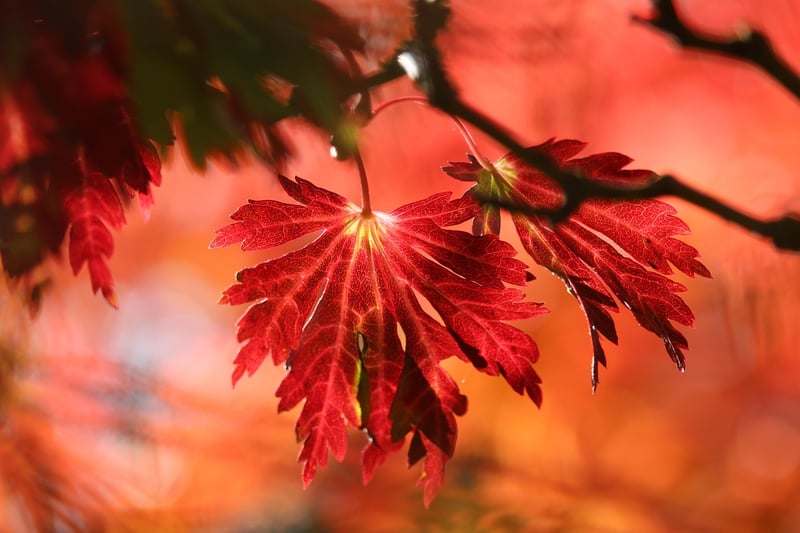Fall Planting
Adapting to Different Seasons: Fall Planting
As the seasons change, so do the needs of your garden. Fall, in particular, is a great time for planting and preparing your outdoor space for the cooler months ahead. Here's a guide to help you adapt to different seasons with a focus on fall planting.
Why Fall Planting?
Fall is an ideal time for planting for several reasons. The soil is still warm from the summer months, which helps plants establish their roots before winter sets in. The cooler air temperatures reduce stress on plants, and there's typically more rainfall, reducing the need for constant watering.
What to Plant in Fall?
When planning your fall garden, consider planting vegetables like broccoli, carrots, lettuce, and radishes. These cool-season crops thrive in the lower temperatures of fall and can often withstand light frosts.
Tips for Fall Planting Success
- Prepare the soil by adding compost to provide nutrients for your plants.
- Water newly planted seeds and seedlings regularly to help them establish strong roots.
- Apply a layer of mulch to retain soil moisture and regulate temperature.
- Protect plants from early frosts by covering them with row covers or cloches.
- Monitor the weather and adjust your planting schedule accordingly.
Benefits of Fall Planting
By planting in the fall, you can extend your harvest season, enjoy fresh produce well into winter, and get a head start on next year's garden. Fall planting also helps improve soil health and reduces weed growth in the following spring.
Conclusion
Adapting to different seasons, especially fall, through strategic planting can yield a bountiful garden and prepare your outdoor space for the changing weather ahead. Embrace the opportunities that fall planting offers to enhance your gardening experience.

For more fall planting ideas and tips, check out The Old Farmer's Almanac Fall Gardening Guide.
